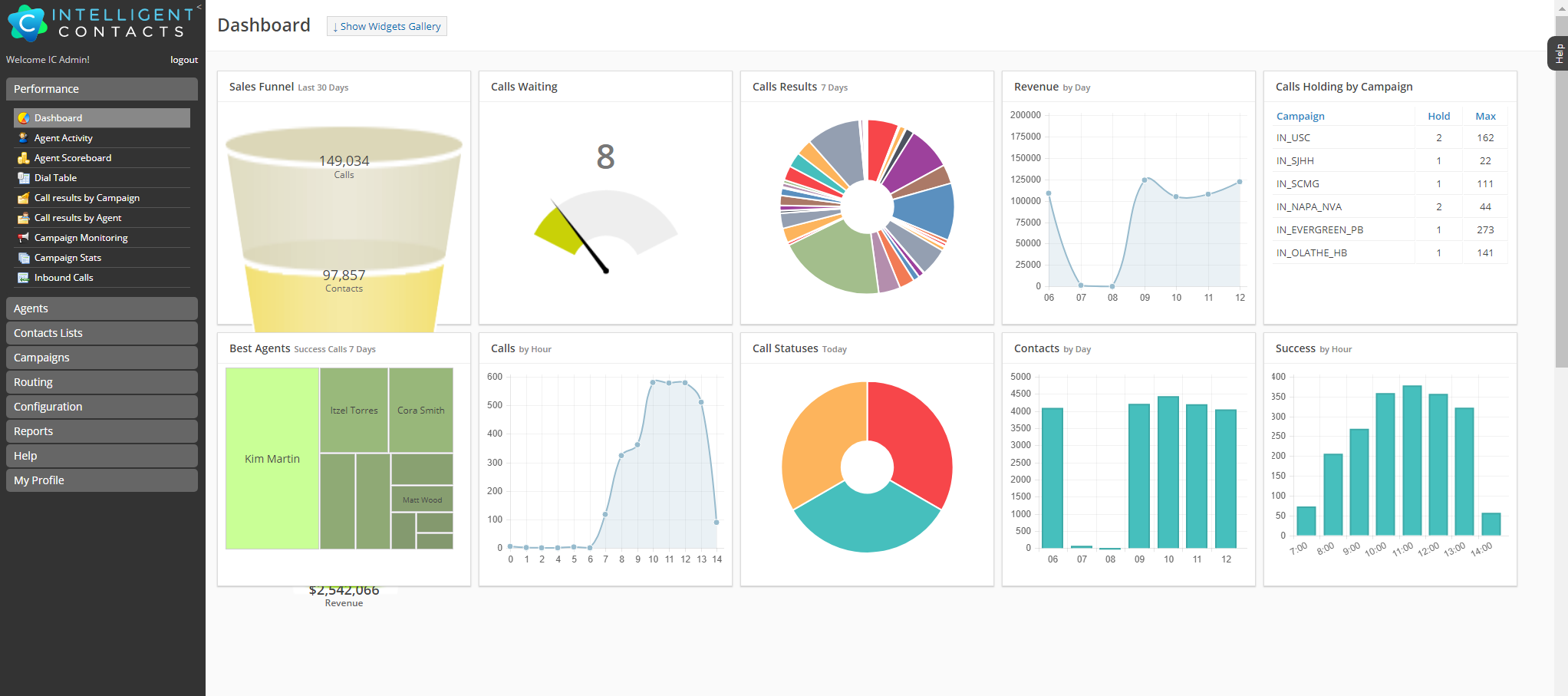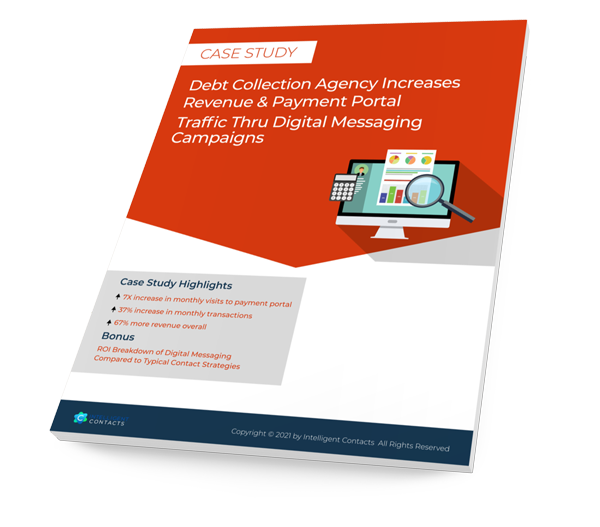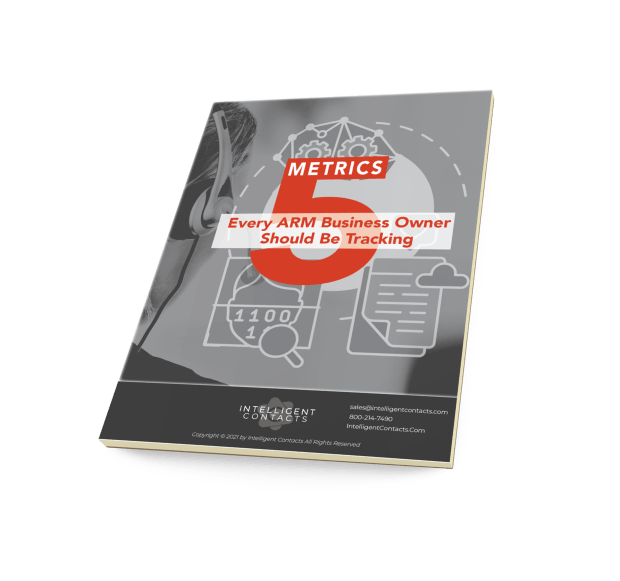PREDICTIVE DIALER | 10 MIN READ
Predictive Dialing vs. Manual Dialing in Contact Centers: A Deep Dive into ROI

In today’s fast-paced business world, efficiency and productivity are paramount. Contact centers, which serve as the frontline for customer interactions, are always on the lookout for ways to improve their operations. One of the significant debates in this sector is the choice between Predictive Dialer Software and manual dialing. This article will explore the ROI of both methods to help businesses make an informed decision.
What is Predictive Dialer Software?
Predictive Dialer Software, often referred to as predictive dialing, is a system that automatically dials a list of telephone numbers. Once a call is answered, the system either plays a recorded message or connects the call to a live agent. This technology is designed to eliminate the wait time between calls, ensuring that agents spend more time speaking with customers and less time dialing.
Benefits of Predictive Dialer Software
Increased Talk Time: With manual dialing, agents might spend only 10-15 minutes of every hour actually talking to potential customers. Predictive dialers can increase this talk time to around 40-50 minutes per hour, representing a 200-400% improvement.
Decreased Idle Time: Predictive dialers use algorithms to predict when an agent will be available and start dialing numbers in advance. This reduces the idle time between calls, which can be significant with manual dialing due to factors like no answers, busy signals, and disconnected numbers.
Higher Contact Rates: Predictive dialers can increase contact rates by 20-50% or more compared to manual dialing. This is because the system can dial multiple numbers simultaneously and filter out non-productive calls.
Efficiency: Predictive dialers can increase agent efficiency by 200-300%. This is due to the combination of increased talk time and reduced idle/wait time.
Consistency: Predictive dialers provide a consistent calling pattern, ensuring that agents have a steady stream of calls throughout their shift. This can lead to more consistent performance metrics and easier management.
Compliance: Modern predictive dialers often come with features that help call centers stay compliant with regulations, such as time-of-day calling restrictions and Do-Not-Call list integrations.
Reduced Abandoned Calls: While predictive dialers can sometimes lead to “abandoned calls” (when the system dials a number but no agent is available to take the call when a person answers), advanced algorithms and settings can help minimize this issue.
Cost Savings: By increasing agent efficiency and productivity, call centers can achieve the same or better results with fewer agents, leading to cost savings.

Enhanced Reporting: Modern auto dialers come with analytics and reporting tools, allowing managers to track performance metrics and make data-driven decisions.
Featured Topics
ARM Industry Topics
Healthcare Industry Topics
Contact Center Solutions & Topics
Auto & Predictive Dialing
Stealth Voicemail
Payment Topics & Solutions
Compliance & Data Security
The Traditional Manual Dialing Approach
Manual dialing involves agents dialing each number individually. While this method offers a personal touch, it comes with several drawbacks:
Time-Consuming: Agents spend a significant amount of time dialing numbers, waiting for calls to connect, and handling voicemails or disconnected numbers.
Inconsistent Call Volumes: Without automation, call volumes can be inconsistent, leading to periods of high and low activity.
Limited Reporting: Manual dialing doesn’t offer the same level of analytics and reporting as auto dialing systems, making it challenging to track and improve performance.
ROI Comparison
Cost: While Predictive Dialer Software requires an initial investment, the increase in agent productivity and efficiency often leads to a higher ROI in the long run. Manual dialing, on the other hand, may have lower upfront costs but can result in higher operational costs due to inefficiencies.
Customer Experience: Auto dialers can lead to a more streamlined customer experience, as customers are quickly connected to available agents. In contrast, manual dialing can result in longer wait times and inconsistent service.
Operational Efficiency: The analytics and reporting tools provided by auto dialing systems allow for continuous improvement, further enhancing ROI. Manual systems lack these tools, making optimization more challenging.
Some Final Thoughts…
While the exact statistics can vary based on the specific context, industry, and implementation, predictive dialers generally offer significant improvements in agent productivity and efficiency compared to manual dialing. This makes the ROI of auto dialing systems consistently higher due to increased agent productivity, reduced idle time, and enhanced reporting capabilities.
%
Predictive Dialing vs. Manual Dialing: Increase in agent talk time per hour
%
Increase in Right Party Contacts
Want to know more?
Whether you’re looking to upgrade one part of your communication or payment process or the whole enchilada, we can help!
CASE STUDY







